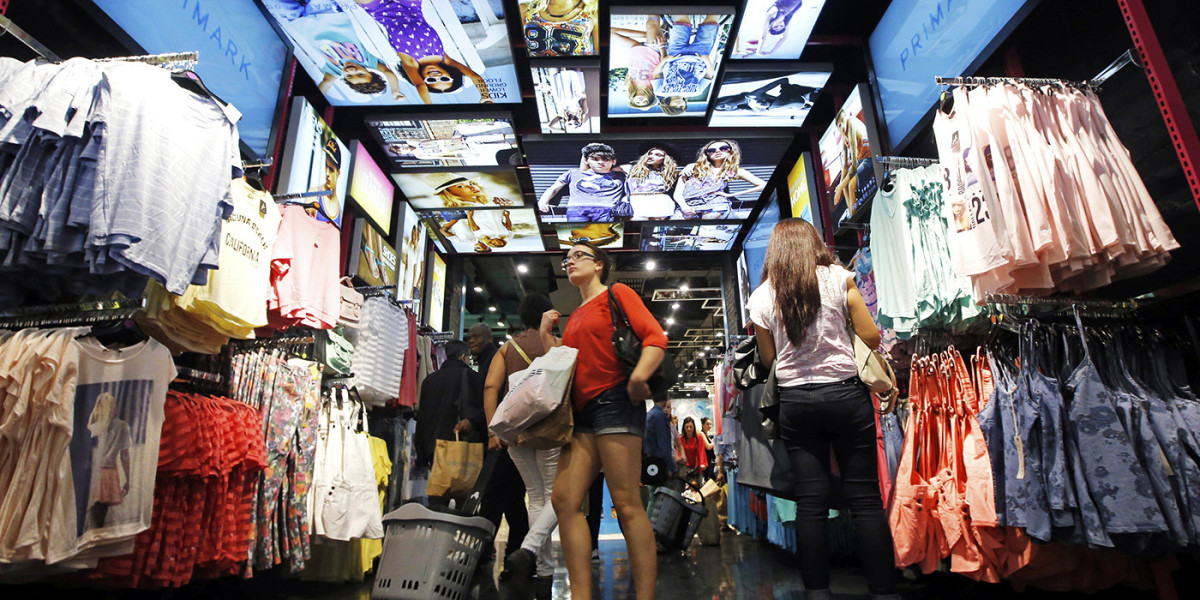Rapid Growth
The industry has seen tremendous growth over the past few decades driven by low prices and rapid trends. Major fast fashion retailers like Zara, H&M, and Forever 21 release new clothing collections every two weeks aiming to keep up with the latest runway looks. This constant flow of new inventory has made Fast Fashion clothing highly accessible and affordable for many consumers. In the early 2000s, it started gaining mainstream popularity and now accounts for over 20% of the global clothing market. The industry has flourished by capitalizing on consumers' desire for constantly changing wardrobes and positioning clothing as disposable items.
Resource Intensive Manufacturing Model
To achieve such quick production turnarounds, it relies on a global supply chain with resource-intensive manufacturing practices. Clothing is mainly produced in developing countries where labor is cheap and environmental regulations are lax. Factories operate on tight deadlines pumping out millions of garments per week. This lean manufacturing model leads to cut corners when it comes to sustainability. Synthetic fabrics which are cheaper and faster to produce than natural fibers dominate this clothing. Dyes and finishes used on these fabrics heavily pollute waterways during the wet processing stage. Factories also face pressure to externalize costs of proper waste treatment and emissions monitoring.
Mountains of Textile Waste
As the industry encourages constant shopping for micro-trends, clothing wears out or goes out of fashion rapidly. It is estimated that Americans discard over 14 million tons of textile waste annually, most of which ends up in landfills. Intensive dyeing and finishing make post-consumer garments highly difficult and costly to recycle as well. The short lifespan of fast fashion means clothing piles up in landfills much faster than it can breakdown, releasing greenhouse gases like methane in the process. Developing nations struggling to manage domestic waste are now receiving massive shipments of used clothing from Western countries further aggravating the waste crisis.
Environmental Impacts Across Supply Chain
Cotton cultivation which forms the base for many fast fashion apparels negatively impacts the environment and communities. Vast acreages are required to grow cotton which depletes fertile land and freshwater resources through irrigation. Chemical pesticides and fertilizers used to boost yields pollute surrounding air and waterways. The energy-intensive manufacturing, transport, and final disposal of them all significantly contribute to climate change. Synthetic fabric production alone emits nearly 1.7 million tons of greenhouse gases annually. As transportation networks expand to keep up with growing demand, carbon emissions from logistics continue rising as well. The sector's environmental impact spans the entire lifecycle from raw material extraction to clothes reaching landfills.
Lack of Supply Chain Transparency
One major hindrance in mitigating its ecological footprint is the lack of transparency within global supply chains. Major brands outsource full production to developing countries where subcontracting is common and traceability gets murky. This makes enforcing sustainability practices challenging. Even well-intentioned companies struggle to monitor social and environmental compliance down to factory-level due to complex multi-tiered networks. Suppliers also face pressure from fast turnarounds and low wholesale prices leaving little room to invest in greening operations. Failure to trace non-compliant links has enabled exploitation to continue under the radar for a long time within certain supply chains.
Towards More Sustainable Fast Fashion
Growing awareness around its resource demands and wasted production is pushing the industry towards more sustainable models. Major brands are collaborating to develop eco-friendly materials, invest in clean manufacturing technologies and establish take-back/recycling programs. However, fundamental issues like overconsumption, disposability, lack of transparency, and supply chain complexities remain difficult to counter as long as the business model prioritizes low costs and latest trends. While incremental changes are underway, a systemic transformation comprising all actors from producers to customers seems necessary to drastically reduce its carbon footprint. With rising citizen action on waste and climate change, fast fashion companies will increasingly face pressures to optimize operations for durability, reuse and recyclability going forward.
Get More Insights On Fast Fashion



